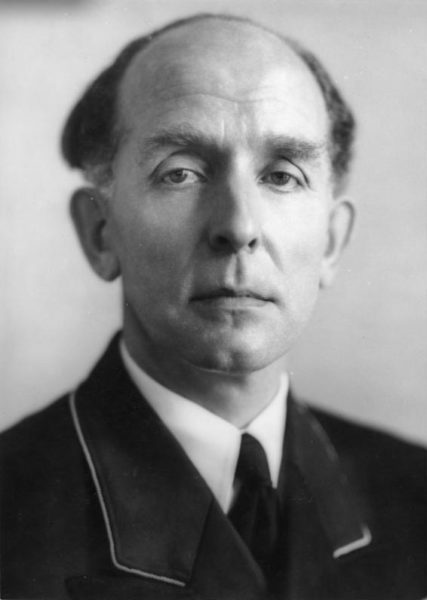Dictatorships along with fascist and totalitarian governments expect their citizens to be subordinate to the state. This became evident after Hitler came to power in 1933 and demanded that law and order be upheld. It was expected that German citizens be law-abiding, obedient, and supportive of Nazism—this was called Gleichschaltung or, “make everything conform.” Protests, defeatism, criticism, and any other action detrimental to Nazism would be considered treason and would not be tolerated. As we will see, the Nazis created a system and a cult following which allowed the greatest abuses of justice, human rights, and war crimes in the 20th-century (no, I haven’t forgotten about Stalin/The Great Purge, Pol Pot/Khmer Rouge, and some of their notorious contemporaries). Children and young adults were beheaded for distributing anti-Nazi leaflets. Women were executed for stealing tins of coffee. Special courts were established outside the boundaries of Germany’s “normal” legal system with judges and prosecutors who turned their courts into a circus. The most notorious and feared “ringmaster” was Roland Freisler.

Did You Know?
If you ever decide to visit Berlin (I’ve never been but it’s on my list), there are some World War II museums, memorials, and other historical sites that are off the beaten path for tourists. As you might know, Germany has outlawed anything having to do with the Nazi regime including making a Nazi salute. It’s only within the last twenty years that certain buildings or places have been identified with small signs signifying them as historical World War II sites. If a former Nazi building or site is identified this way, the official description must be as bland and unobtrusive as possible. One example would be the site of the former Führerbunker which today is a parking lot for apartment buildings. One of the three deportation points for Jews is Gleis 17 at Grunewals Station. It is a memorial to the victims shipped off to extermination camps such as Theresienstadt and Auschwitz. Bebelplatz—formerly Kaiser Franz Joseph Platz—was the site of the first Nazi book burning on 10 May 1933. The Topography of Terror is an outdoor and indoor museum in Kreuzberg. Located on the site of the Gestapo and SS former headquarters, it chronicles the history of atrocities committed by the Nazis. These are just a few of the places you can visit. If you’re planning to visit Berlin and would like a list of these and more, please shoot me an e-mail and I’ll send you my list. (stew.ross@yooperpublications.com)
Let’s Meet Roland Freisler
Roland Freisler (1893−1945) was a fanatical follower of Hitler and the Nazi party. He was described by a fellow Nazi in 1927 as one of the party’s best speakers but “thinking people mostly reject him.” Freisler’s reputation at that point was that he was unreliable and unsuited for positions of authority. That would change after Hitler became the head of Germany in 1933.
Between 1933 and 1942, Freisler served in several positions within the Prussian Ministry of Justice and the Reich Ministry of Justice. His legal expertise, speaking skills, and dogged loyalty to the Nazi party made him the ideal person to enforce the tyranny of Nazism. Although Freisler was basically a loner without the political connections at the top of the Nazi hierarchy, he was invited to attend the January 1942 Wannsee Conference along with senior government officials and members of the SS. It was at Wannsee where final plans for the Final Solution were drawn up and Friesler provided the legal advice to support it.
Freisler had written papers outlining racial segregation theory and how to implement theory into practical situations. He supported new laws which punished Rassenschande or, race defilement—the Nazi term for sexual relations between an Aryan and a member of an “inferior race.” His writings and viewpoints strongly influenced the creation of the 1935 Nuremberg Laws. The original two laws were anti-Semitic and racially driven. The first, “Law for the Protection of German Blood and German Honor,” outlawed marriage and sexual relations between Jews and Germans. What was a “German?” The second law took care of that. Entitled “Reich Citizenship Law,” it defined a Reich citizen as someone with pure German blood. Over time, the Nuremberg Laws were greatly expanded and provided the legal foundation for judges and prosecutors like Freisler to convict and execute German citizens, Jews, and other innocent people. Read More Hitler’s Blood Judge

